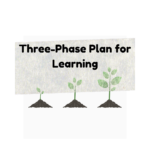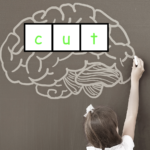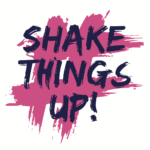* required field

Preparation Select a text that has strong supporting/extending features – graphs, maps, photos and captions, etc. Locate 3-4 features that you can focus on during the Phase 2 part of the lesson. If you’re unsure whether the features are strong, think about how you might answer the questions posed in steps 1-3 on the ANCHOR …Read more

Teaching our students how to make sense of informational sources can feel overwhelming. With a systematic plan for teaching and learning, we can make this easier for ourselves and our students. Visit this updated post for the latest version of the three-phase plan – Meet the Source, Meet the Strategies, Meet the Response.

Are your students citing “text evidence” without really having control of the meaning of that evidence? Do they forget to explain further or elaborate? If either of these is the case for your students, they may need to space to contemplate what one detail or quote from the text means. A simple way to do …Read more

A quick story about a conference I had with a young student in the early stage of reading. In just a few minutes of 1:1 conferring, she made a vital connection between word study activities and word solving while reading. It was joyous to watch! At one point she exclaimed, “Well! I have sound boxes …Read more

When reading multiple sources, noticing the author’s purpose can help a student 1) remember the content of the source and 2) begin to notice the similarities and differences between sources. I’ve created a Padlet with a text set on recycling – one for each type of author’s purpose (e.g. P.R.I.D.E.) (4th-8th grade). Please feel free …Read more

Noticing an author’s purpose helps us 1) determine what’s important in a source, 2) begin to think critically about the information in a source, and 3) remember what we read. What follows are a few recommendations for teaching “author’s purpose.” Integrate WHY into your discussions of author’s purpose The WHY of noticing an author’s purpose …Read more

No doubt. When school is almost out, some of our students are harder to engage in reading. They’re tired and they’re ready for summer break. (You probably are too;) To keep students energized, shake up your independent reading routine. Here are a few simple, low cost ideas. Change the Location A change in environment might …Read more

When we realize a student does not understand a complex chunk of text, we may need to stop asking questions for understanding and “think aloud” for the student, modeling how to make sense of the text. What follows is an excerpt from a middleweb.com column “Letting Go is Messy” that I co-wrote with Julie Webb …Read more

“Why can’t I just highlight? Why do I have to annotate?” Ever heard this from a student? I don’t have to convince you of the value of annotating, but we do need to remind (and even persuade) students that annotating a source can help us monitor for meaning. Annotating can help us make sense of …Read more
Making sense of nonfiction narratives related to history is easier if students recognize themes or central ideas the authors are revealing AND have a strong grasp on vocabulary they can use to help them describe these themes. Imagine how understanding and using words like perseverance, courage, tenacity, and despair can lift the level of access to …Read more